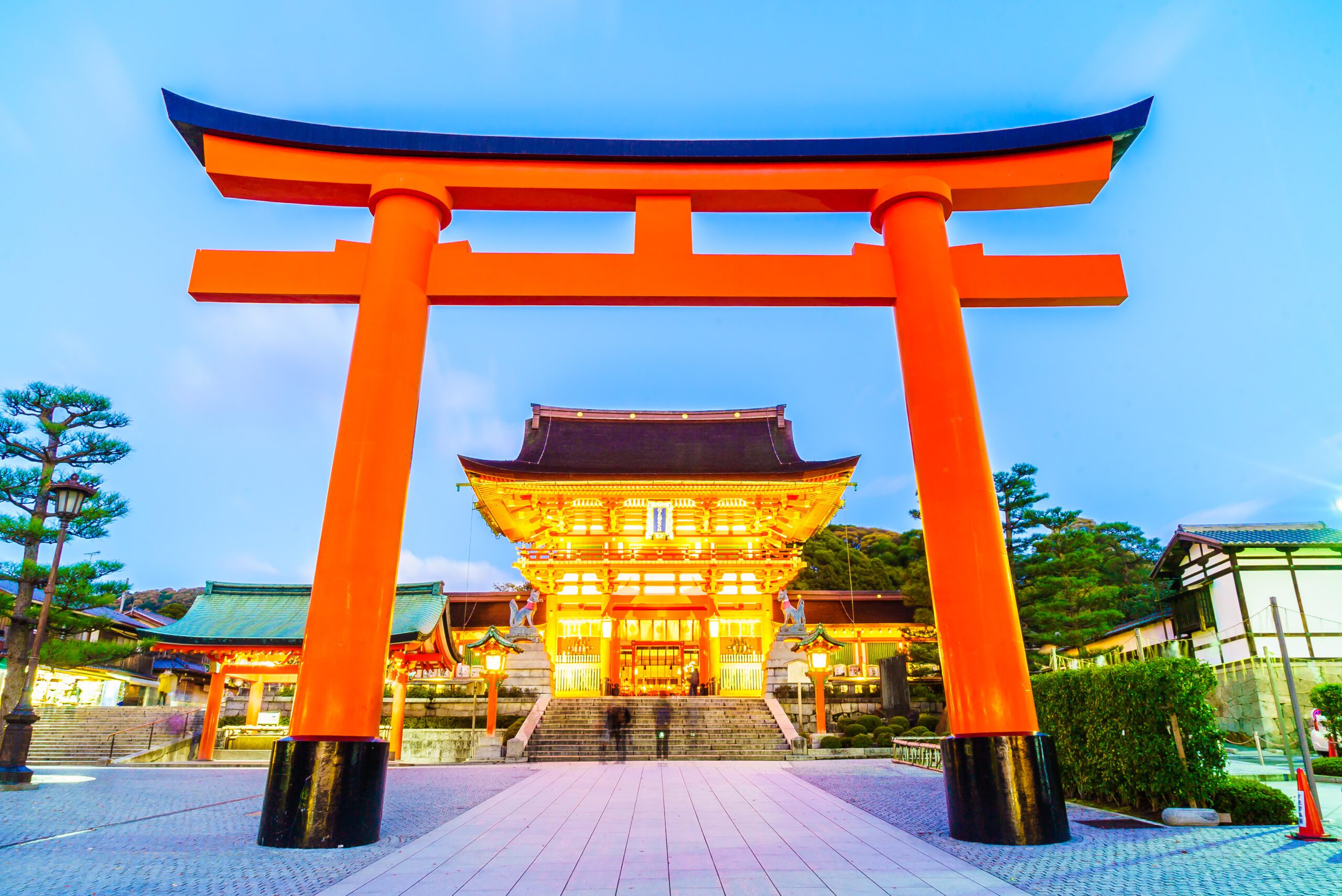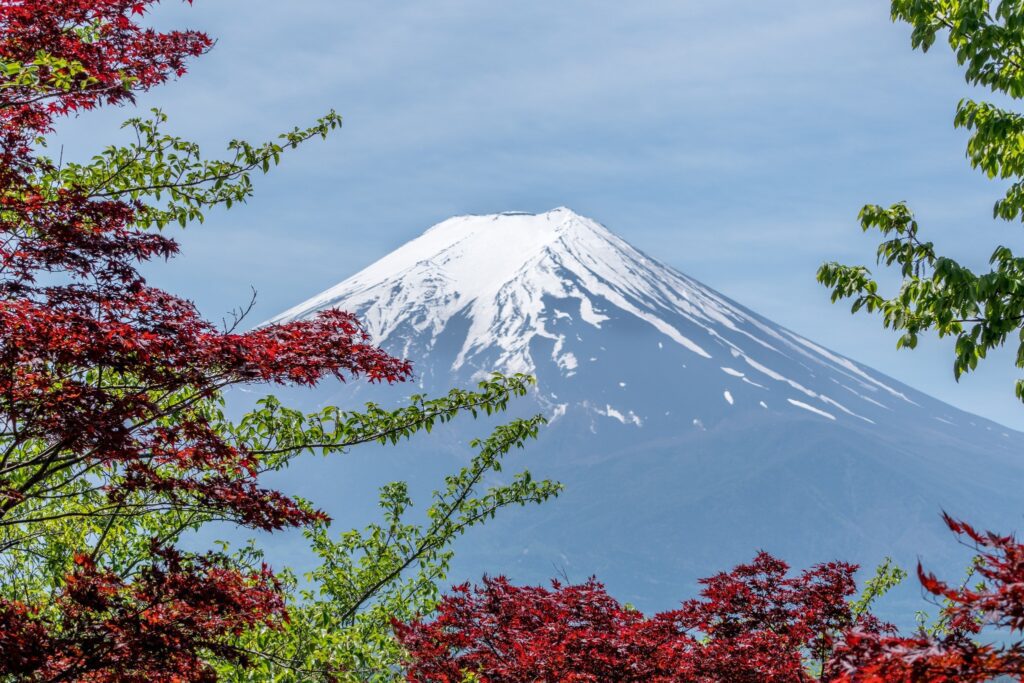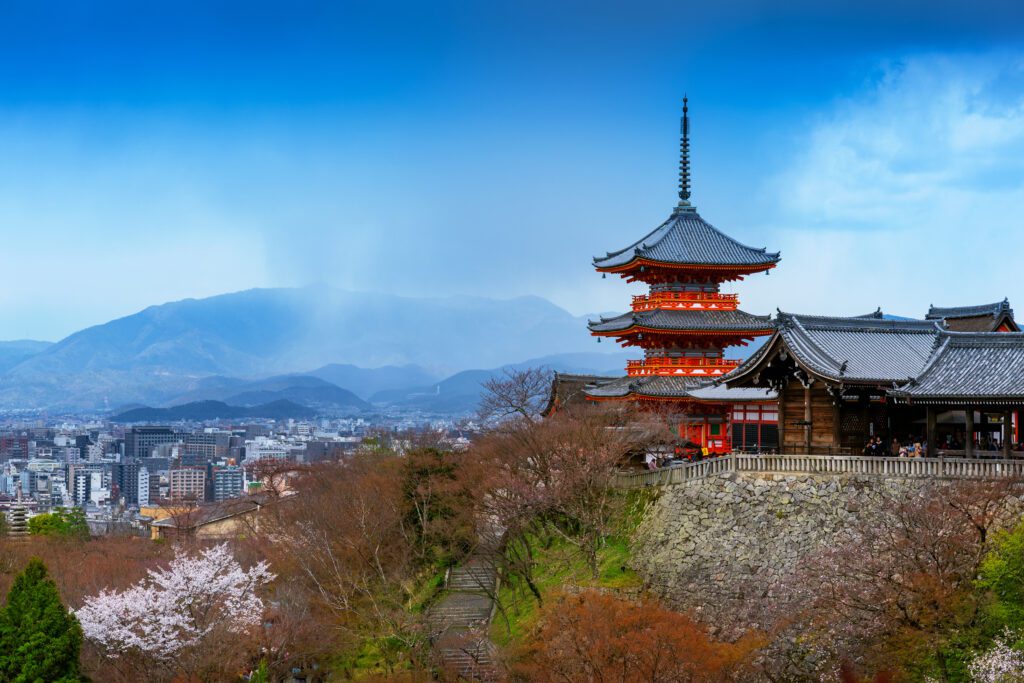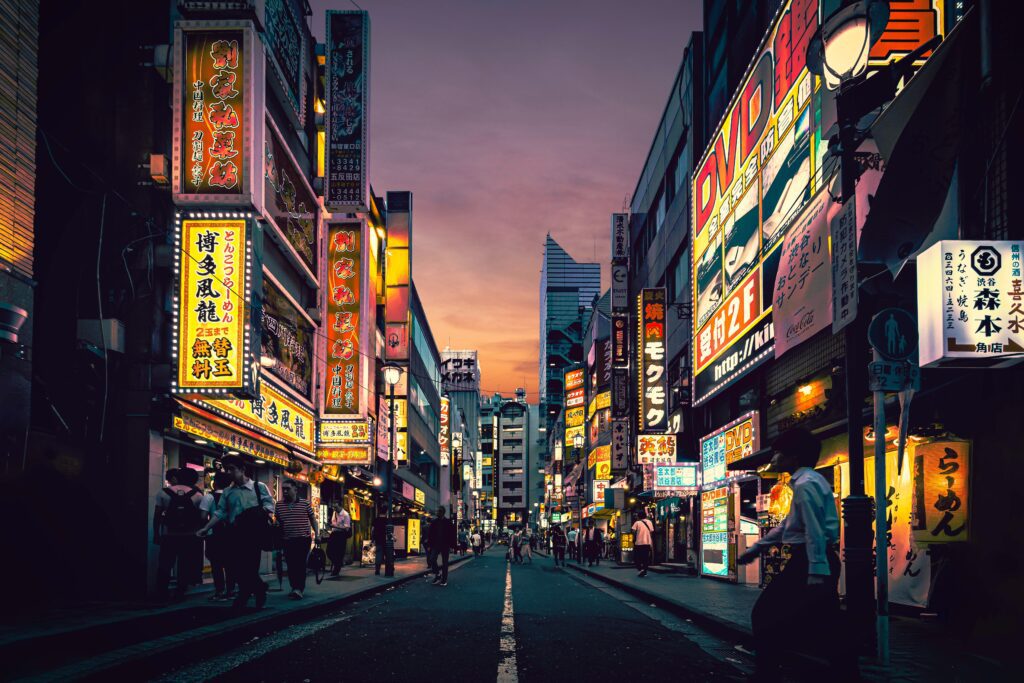Japan is a country rich in spirituality and tradition. The country offers a plethora of pilgrimage destinations and religious locations that entice travelers from all over the world, from ancient temples to breathtaking mountains. One might connect with the country’s rich cultural legacy and encounter calm and tranquility by going on a spiritual journey there. We’ll look at some of Japan’s most famous shrines and places of worship in this article.


Mount Koya (Koyasan):
One of Japan’s most revered pilgrimage locations is Mount Koya (Koyasan), which is located in the lush forests of Wakayama Prefecture. The monk Kukai, also known as Kobo Daishi, established it as the center of Shingon Buddhism. More than 100 temples may be found atop the mountain, giving tourists the chance to learn about Buddhism and engage in meditation. Staying in a temple accommodation, where visitors can partake in morning prayers and eat shojin ryori, the monks’ vegetarian cuisine, is one of the pleasures of a trip to Mount Koya.
Kumano Kodo:
The Kii Peninsula is traversed by a network of historic pilgrimage pathways known as the Kumano Kodo, which has been designated as a UNESCO World Heritage site. The routes lead to Kumano Hongu Taisha, Kumano Hayatama Taisha, and Kumano Nachi Taisha, the three Grand Shrines of Kumano. Pilgrims can feel the calm of nature and connect with the spiritual energy that permeates the area by walking the Kumano Kodo. Each step provides a time for reflection and self-discovery, and the trip is just as significant as the final goal.
Mount Fuji:
As the tallest mountain in Japan and a source of great pride for the people of Japan, Mount Fuji has a particular place in their hearts. It has long been a destination for pilgrims as it is regarded as a sacred place. Many hikers set out on the Fujinomiya Trail’s journey to the summit as a means of spiritual purification and to take in the spectacular dawn from the top. The calm surroundings and majestic presence of Mount Fuji make it the perfect location for introspection and reflection.
Kinkaku-ji (Golden Pavilion):
Kinkaku-ji (Golden Pavilion) is a Zen Buddhist temple in Kyoto that is well-known for its magnificent golden facade. The neighbouring pond’s shimmering reflection of the temple lends the area a tranquil and mystical atmosphere. The tranquilly that permeates the temple grounds can be experienced by visitors as they meander around the perfectly maintained gardens. One can immerse themselves in Zen Buddhism’s aesthetics and find comfort in its beauty at Kinkaku-ji.
Itsukushima Shrine:
The beautiful torii gate of the Itsukushima Shrine, which is located on the island of Miyajima, is known for appearing to float on the ocean during high tide. The temple, which honours the Shinto sea deity, is regarded as one of the holiest places in Japan. Visitors can tour the intricately constructed shrine’s buildings, take part in rites, and take in the island’s ethereal beauty. Itsukushima Shrine is a must-visit location for spiritual seekers because of its ethereal ambiance and beautiful surroundings.
Nikko Toshogu Shrine:
The Nikko Toshogu Shrine honors Tokugawa Ieyasu, the founder of the Tokugawa Shogunate that controlled Japan for more than 250 years and is situated in Nikko, a small town north of Tokyo. The magnificent and sophisticated architecture of the shrine is evidence of the samurai’s wealth and authority. The shrine complex, which is encircled by lush trees, evokes a sense of grandeur and mysticism. Visitors can see the blending of Buddhist and Shinto traditions as well as the respect for the past by seeing the Nikko Toshogu Shrine’s different structures and beautiful carvings.
Ise Jingu:
Honoring the sun goddess Amaterasu, Ise Jingu is one of the most revered Shinto temples in Japan. The temple, which is situated in the city of Ise, is actually made up of two principal shrines: Geku, or the outside shrine, and Naiku, or the inner shrine. The shrines undergo a thorough reconstruction using conventional methods every 20 years as a representation of life’s transience and rejuvenation. For many Japanese people, Ise Jingu is a major pilgrimage place because of its peaceful environment and spiritual importance.
Conclusion:
A spiritual journey to these pilgrimage sites and sacred locations in Japan can be a life-changing experience. These destinations provide a space for contemplation, reflection, and a deep connection with the holy, whether it’s meditating in a temple, strolling old pathways, or viewing awe-inspiring natural scenery. These sites are infused with Japan’s rich spiritual heritage and traditions, inviting visitors to go on a personal journey of self-discovery and inner serenity.
It’s important to respect the customs and traditions of each location as you organize your spiritual trip to Japan. Remember to dress modestly, observe any rules or instructions presented, and approach each location with reverence. Allow yourself to be immersed in the surroundings, participate in rituals if appropriate, and allow the spiritual energy of these hallowed sites to guide your own personal transformation.
A spiritual journey awaits those seeking serenity, enlightenment, and a deeper connection to the divine in the country of the rising sun. Japan’s pilgrimage sites and sacred locations provide a spiritual sanctuary where old knowledge and natural beauty meet. Begin this spiritual journey and allow Japan’s rich spirituality to touch your heart and brighten your path.




